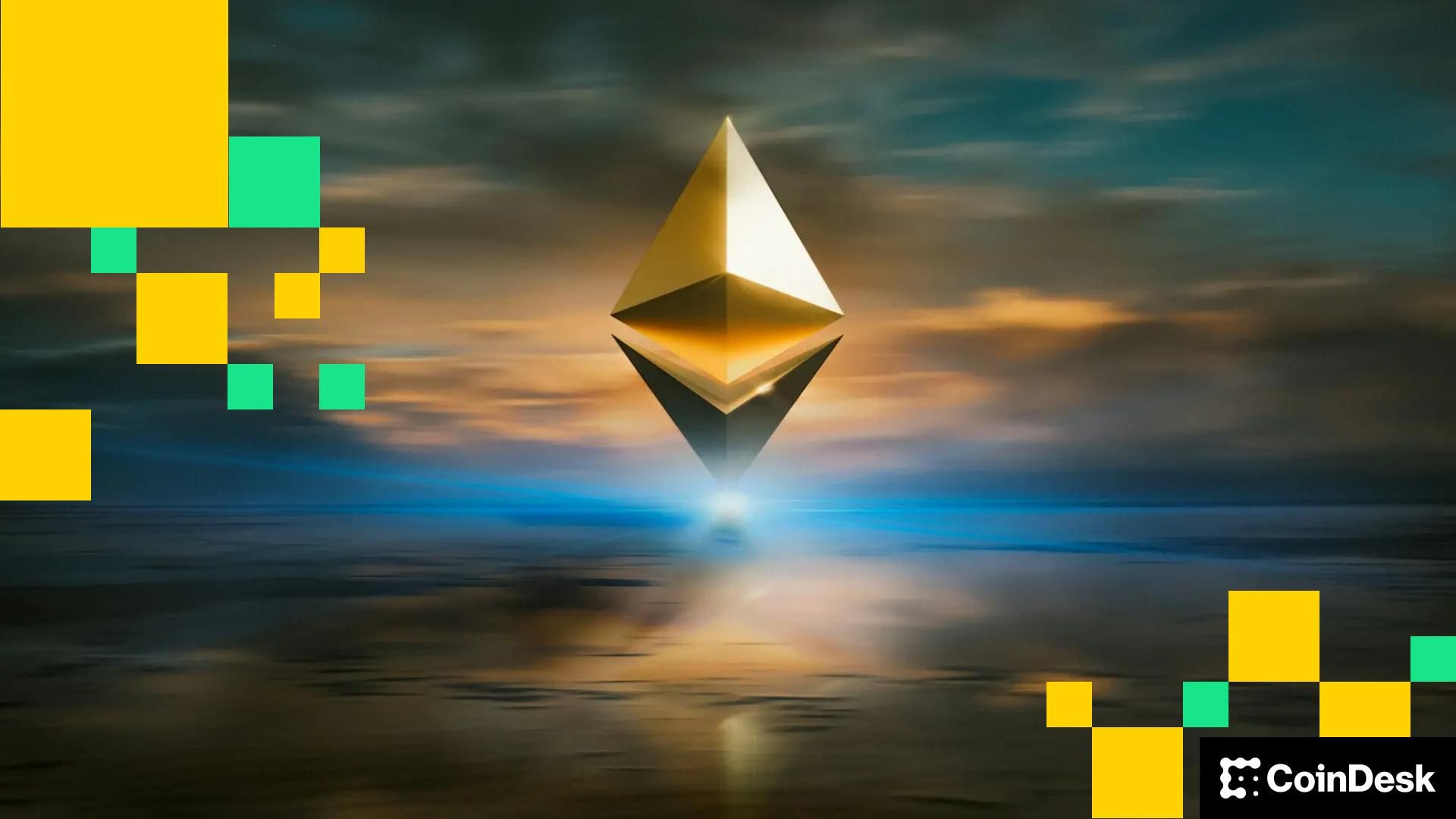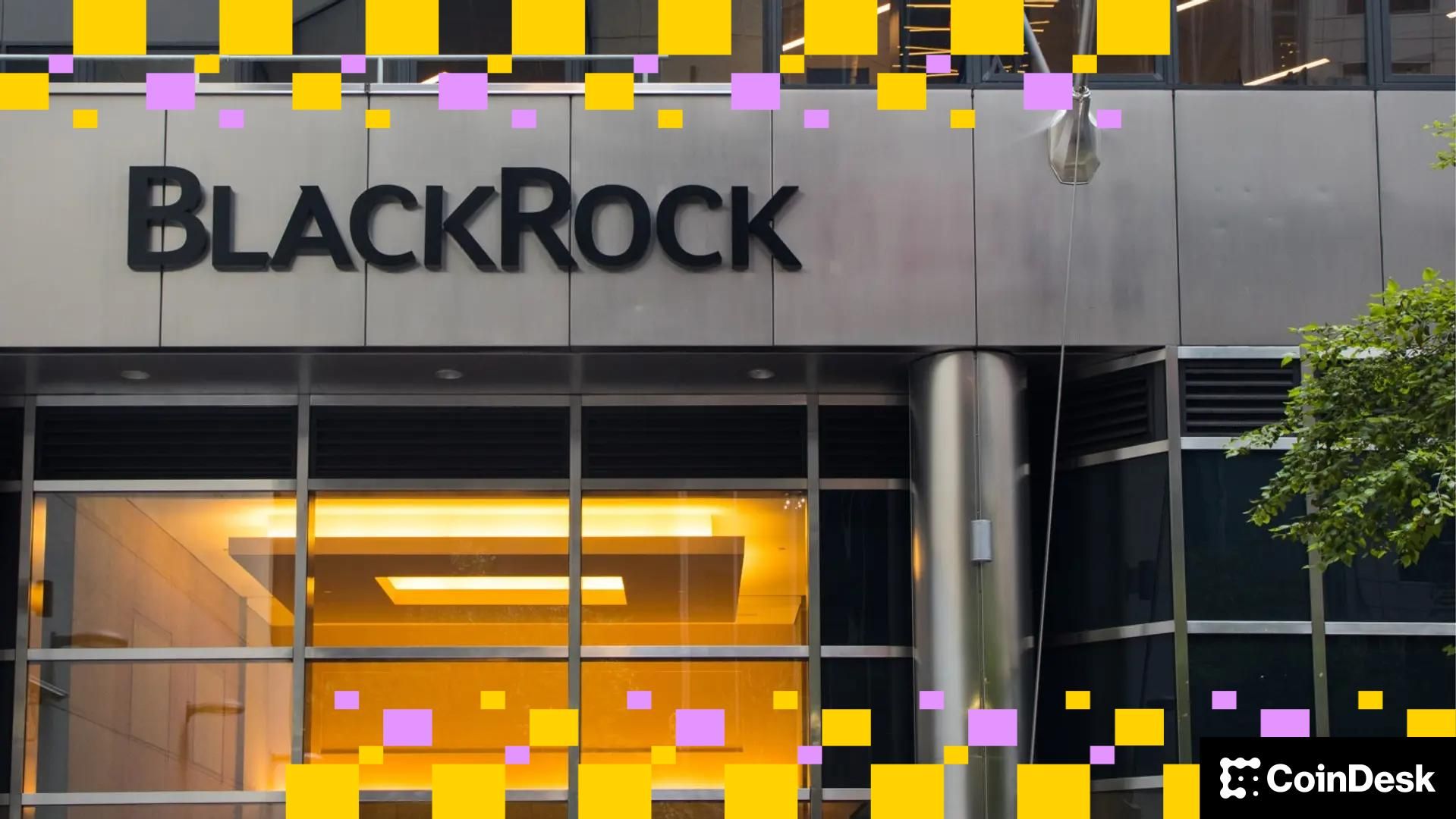What Is Abstract Chain?
Abstract Chain (or Abstract) is a Layer 2 blockchain developed by Igloo Inc., the parent company of Pudgy Penguins. With chain abstraction at its core, Abstract Chain uses zkSync’s ZK stack and EigenDA to power consumer-facing web3 applications.
Key Takeaways
- Crypto remains niche due to complexities like gas fees, seed phrases, and steep learning curves, despite rising global interest and ownership.
- Abstract Chain, an Ethereum Layer 2 blockchain, focuses on simplifying blockchain adoption by taking a consumer-first approach through native chain abstraction.
- Abstract Global Wallet (AGW) eliminates traditional barriers by using passkeys, social logins, and sharded private key storage for seamless and secure wallet management.
- Abstract introduces Panoramic Governance — a novel mechanism to alignment incentives between users, applications (protocols), and governance participants.
- Abstract prioritizes gaming, social networks, and entertainment for mass adoption, before expanding to niche on-chain activities.
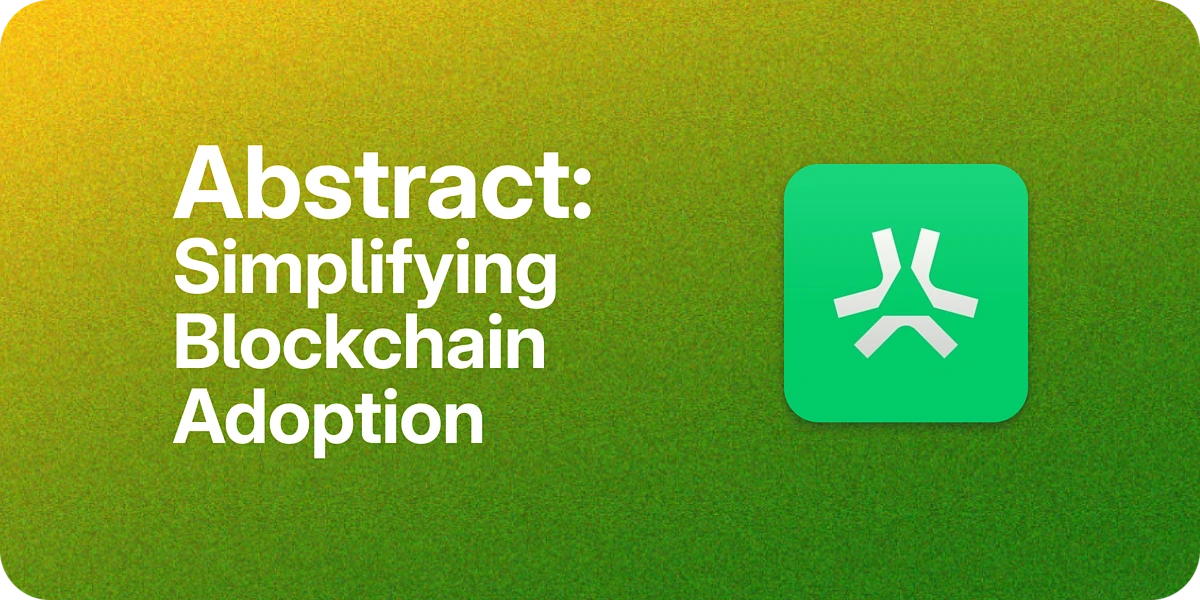
Consumer adoption of cryptocurrency has been a persistent challenge. Despite the rising interest and a global market cap reaching nearly 4 trillion in 2024, the transition of everyday consumers to blockchain-based apps is facing hurdles at a very fundamental level.
Imagine explaining gas fees to your grandmother or convincing your friend that 12 random english words (seed phrase) can protect their life savings. These are the hurdles that have kept crypto confined to a niche community of tech enthusiasts and speculative investors.
The global average for cryptocurrency ownership is only about 6.9% of the population. While the percentage may be small, it is still 33% higher than in 2023 (increasing from 420 million people to 562 million people).
These numbers tell a peculiar story. The rapid growth suggests a strong desire by the masses to adopt blockchain-based technology but the small fraction suggests steep learning curve and other challenges.

The truth is, while the crypto community has always envisioned consumer-facing applications. Innovations like web3 games, and decentralized social networks, are proof. However, the underlying technology has historically fallen short of delivering the necessary scalability, affordability, and simplicity.
But now, the tides are turning. With innovations like chain abstraction, smart wallets, gas sponsoring via Paymasters, and ZK rollup technology, the crypto ecosystem is finally equipped to cater to the masses.
This brings us to Abstract, a Layer 2 blockchain by Igloo Inc., designed specifically to support and enable the new wave of consumer-oriented crypto adoption.
Enter Abstract Chain
Abstract is an Ethereum Layer 2 (L2) blockchain developed by Igloo Inc., the parent company of the widely popular Pudgy Penguins NFT project. It is purpose-built to bridge the gap between blockchain technology and consumer applications, offering a seamless, scalable, and user-friendly experience for developers and end-users alike.
The L2 piggybacks on some of the latest developments in the space like ZK rollups, ERC-4337 (Account Abstraction) and enhanced developer tooling to eliminate the long-standing hurdles of cost, complexity, and accessibility in crypto adoption.
Unlike traditional blockchains, which often prioritize security and decentralization at the expense of usability, Abstract places consumer experience at the forefront. Its primary goal is to enable intuitive interactions with dApps by simplifying wallet management, lowering fees, and offering a governance model that aligns incentives across developers and users.
In June 2024, Igloo Inc. acquired the team behind Frame, a development group known for their work on Ethereum-based rollups focusing on creator empowerment and royalty enforcement. This acquisition was aimed at using Frame’s expertise to contribute to the development of Abstract.
I am thrilled to announce that we have acquired @frame_xyz and its team to contribute towards building @AbstractChain. By combining forces, we will provide the infrastructure and distribution necessary to usher crypto into the consumer crypto revolution. https://t.co/ndPi1cl69d— Luca Netz 🐧✳️ (@LucaNetz) June 28, 2024
Luca Netz, co-founder of Igloo Inc., is the face of Abstract Chain. He has been the driving force behind Pudgy Penguins’ success and brings extensive experience in branding, community building, and fostering consumer trust in web3 products.
Currently, the Abstract testnet is live for builders to explore and for teams to stage their projects or prep for migration. The mainnet is expected to launch in January 2025.
Friendly reminder that the @AbstractChain testnet is not incentivized.
Yes I noticed the 10m new transactions from the last two weeks.
No, I’m not impressed that you’re just transferring ETH between wallets.
Testnet exists for users to familiarize themselves with Abstract and…— cygaar (@0xCygaar) December 29, 2024
Abstract Team’s Motivation
Abstract’s inception was driven by the recognition that, despite significant advancements, blockchain failed to provide a frictionless experience for everyday users. Challenges such as complex wallet interfaces, high transaction fees, and limited scalability hindered mainstream adoption.
Through the development of Pudgy Penguins, Igloo Inc. observed these obstacles firsthand. The team noted that even engaged NFT communities faced difficulties with onboarding, wallet management, and gas fees. This insight highlighted the need for a solution that could deliver consumer-grade applications with the user experience expected from traditional platforms.
Then Abstract was born.
Pudgy Penguins’ success is arguably the most motivating factor for Abstract. As one of the largest NFT projects on Ethereum and among the very few that managed to build a strong IP that goes beyond the crypto space, Pudgy Penguins is acting as a blueprint for combining blockchain technology with relatable, consumer-focused experiences.
Abstract’s Focus And Approach
While Abstract is intended to be a general purpose blockchain solution for mass consumer-level dApps that are indistinguishable from web2 apps, it still takes a targeted approach to building its ecosystem.
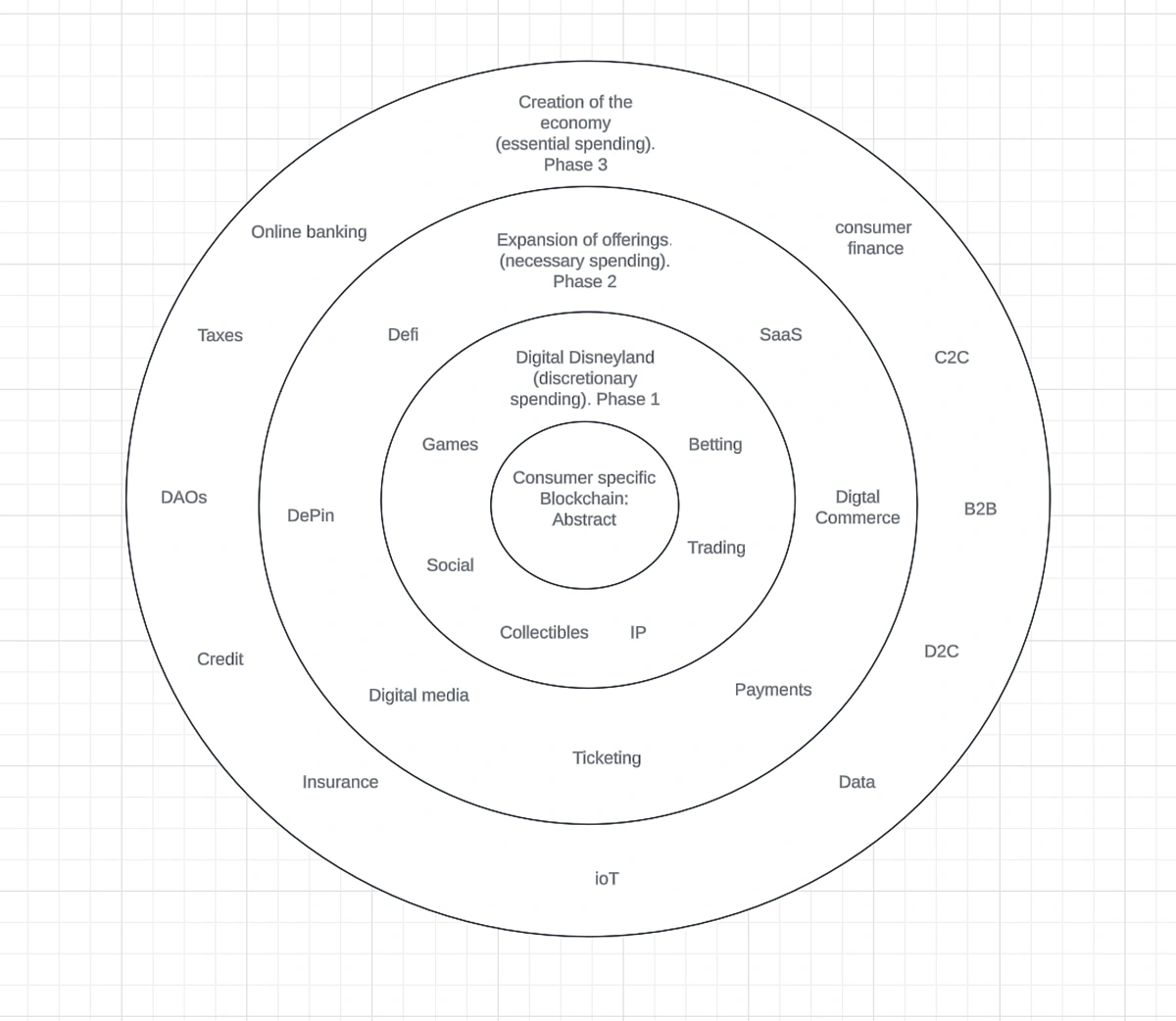
The initial focus for Abstract is to build and enable the development of consumer applications. It will prioritize gaming, social networks, and entertainment applications, which are closer to mainstream users’ everyday digital experiences.
From there, the network would move outwards into niche on-chain activities like DePIN, NFT Ticketing, DAOs, and more.
This phased approach ensures a strong foundation for consumer adoption before diving into complex, finance-heavy applications.
How Abstract Works
Abstract is built on top of Ethereum, using zkSync‘s ZK stack and EigenDA. This ensures a secure, ultra-fast, low-cost, and developer-friendly environment for building consumer crypto applications.
It is essentially a zk-rollup that scales Ethereum by moving computation off-chain and verifying batches of transactions through ZK proofs . This allows Abstract to scale Ethereum while still inheriting its high-security properties, including censorship resistance and liveness guarantees.
However, what makes Abstract stand out are its two key features:
- Native implementation of chain abstraction with Abstract Global Wallet
- A new governance mechanism called “Panoramic Governance”
1. Native Chain Abstraction
Chain abstraction is a core concept behind Abstract Chain.
Currently, users need to educate themselves about a few nuances of any blockchain before they can safely and confidently perform on-chain activities. While this is certainly a step-up from the 2010s, it is nowhere enough to catalyze mass adoption.
Chain abstraction is the concept of “abstracting away the technicalities of a blockchain”. In other words, users don’t have to think about why or how something works, it just does.
More specifically, in a chain-abstracted environment, anyone can use dApps without having to switch networks, figure out gas fees and gas tokens, or manage multiple wallets.
Abstract Global Wallet (AGW)
The Abstract Global Wallet (AGW) is a crucial component of Abstract Chain’s abstraction layer. It’s designed to be user-friendly and accessible, even for those unfamiliar with blockchain.
Instead of traditional passwords or seed phrases, AGW uses passkeys, email ID, or social logins for authentication. Passkeys are more secure and user-friendly, eliminating the need to remember complex login credentials.
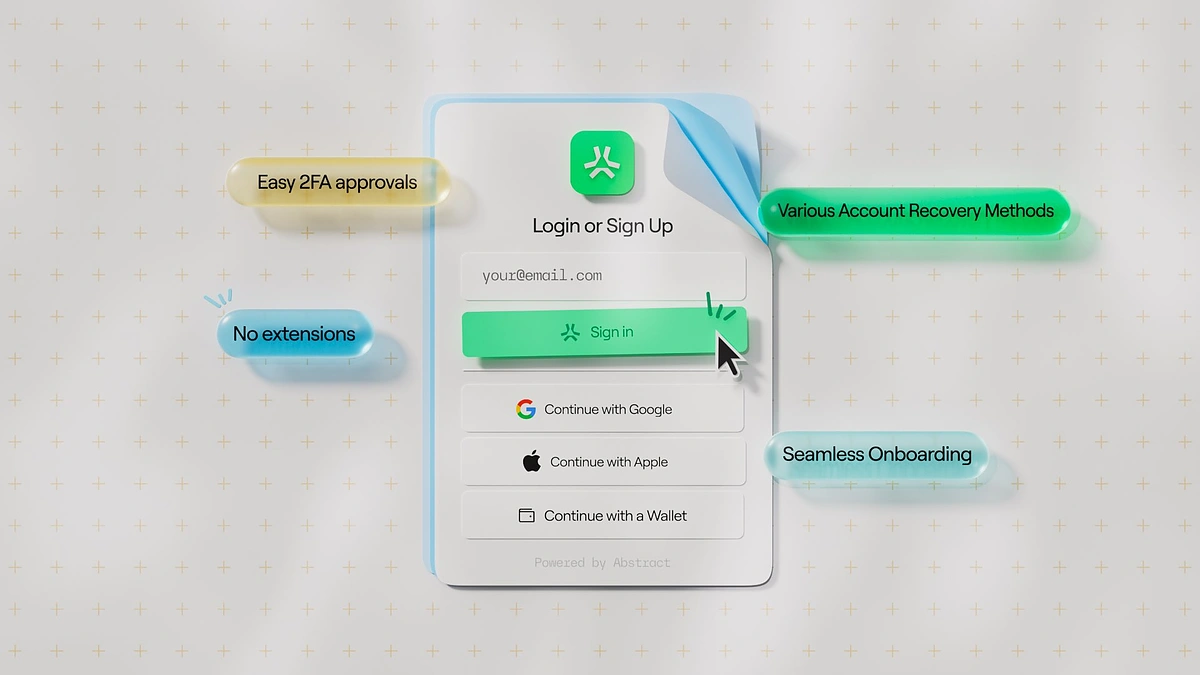
The idea behind AGW is to replace the clunky browser extension-dependent opaque transaction signing process with a simple and cohesive wallet system.
The Abstract Global Wallet SDK lets developers integrate AGW right inside the product they’re building in a single click.
Here’s how AGW works.
When a user signs up for AGW, the system creates an Externally Owned Account (EOA) in the background using Privy Embedded Wallets. The private key of this EOA is split into three secure shards using Shamir’s Secret Sharing algorithm:
- One shard is stored on the user’s device (Device Share)
- Another is encrypted and stored on Privy’s servers (Auth Share)
- The third is saved in a backup location like Google Drive or iCloud (Recovery Share).
The sharded design allows for secure key recovery by requiring any two of the three shards.
The EOA is then used to deploy a smart contract wallet, based on a customized version of the Clave contract. This wallet supports modern cryptographic standards like secp256k1 signers and EIP-712 signatures. The EOA is authorized as a signer, enabling it to approve transactions on behalf of the smart contract wallet. This setup provides users with advanced features like multiple signers, which allow shared access to the wallet or additional layers of security.
2. Panoramic Governance
There is a big problem with most L2 ecosystems.
Conventionally, apps play a defining role in driving user adoption. App developers invest significant resources into building valuable services, games, or tools that attract users to the chain. Users, in turn, pay gas fees for interacting with these apps, with the fees collected in the chain’s native token. These fees become a primary source of revenue for the chain operator.
However, this model benefits the chain disproportionately. While the chain accrues revenue from gas fees, the apps that drive user activity and the users who pay these fees see no direct benefit from the chain’s financial success.
This misalignment creates a fundamental issue. Apps, despite being the primary contributors to user growth and engagement, do not share the chain’s revenue. Similarly, users are incentivized to interact with apps but gain nothing from the overall growth or prosperity of the chain. This dynamic discourages long-term investment from apps and reduces user loyalty, as neither stakeholder feels directly tied to the success of the ecosystem.
Panoramic Governance solves this problem by introducing a model that aligns the incentives of all three stakeholders.
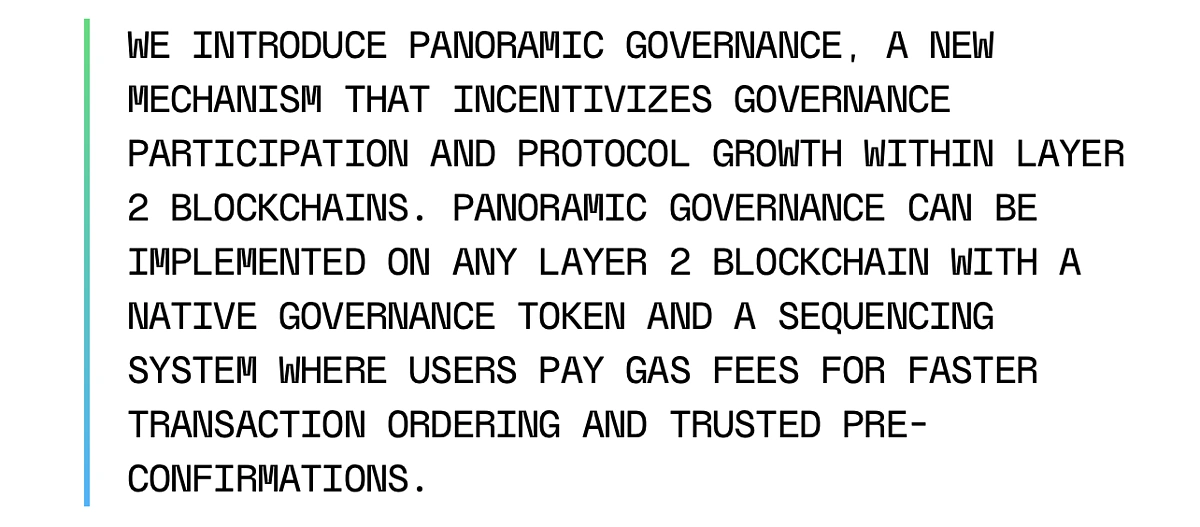
Apps are rewarded with a share of the revenue generated by the chain, proportional to the activity and value they bring to the ecosystem. This encourages them to innovate, attract users, and continue investing in growth. Users also benefit from the chain’s success, whether through reduced fees, rewards, or other shared incentives, making their participation more rewarding beyond mere app usage.
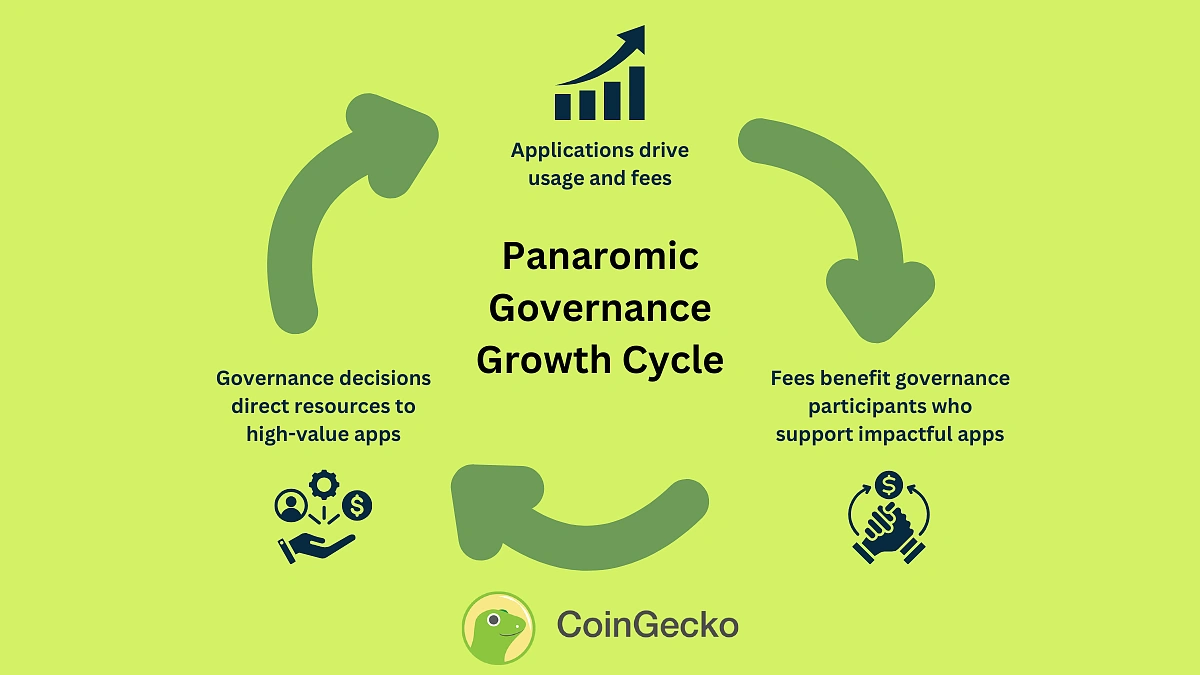
An important feature of Panoramic Governance is Active Participation Threshold (APT). It ensures rewards go to genuine contributors.
APT is a metric that determines whether a user or protocol is “active” based on factors like transaction count or gas usage. Only participants meeting these criteria are eligible for sequencer fee rewards, discouraging passive behavior.
PENGU And Abstract: Something Brewing?
PENGU is a recently launched memecoin associated with the Pudgy Penguins NFT project. Introduced on December 17, 2024, it operates on the Solana blockchain and has a total supply of 88,888,888,888 tokens.
The recent launch of the PENGU memecoin by Igloo Inc., demonstrated the massive engagement potential of their ecosystem.
Interestingly, PENGU launched on Solana while Abstract is an Ethereum L2 project. However, PENGU has plans to expand to Ethereum and other ecosystems. This indicates a strategy to leverage multiple ecosystems for broader adoption and liquidity.
Everyone knows that $PENGU is launching on Solana (will be multichain on ETH + Abstract too) and Penguins and other communities are allocated approx 50% of the token, so it’s important to be safe.
A thread on connecting hardware wallets with @phantom to keep your $PENGU safe: pic.twitter.com/bX9LfCS1zd— Beau (@beausecurity) December 8, 2024
Abstract also announced integration with LayerZero, which is a primary cross-chain messaging protocol. The integration allows builders to create seamless cross-chain applications across over 90 chains, providing an enhanced on-chain experience for users. This move explicitly indicates Abstract’s intent to expand beyond a single-chain environment.
Furthermore, since there is no explicit mention of a native Abstract chain token, there are speculations of PENGU, a memecoin, turning into a token with utility. PENGU’s utility within Abstract’s ecosystem might include governance, staking, or as a means of payment for services, thereby driving more practical use of the chain.
Conclusion
Abstract emphasizes a user-centric approach. While many other blockchain projects have marketed themselves in a similar fashion, very few are on their path to mass adoption. However, the success of Pudgy Penguins as an IP is a strong motivator for the crypto community to put their faith in Abstract.
Many teams have already begun building on Abstract or migrating. Create Layer, Multiplier, Duper, Onchain Heroes, and Canna Sapiens are a few projects worth exploring.
For app developers, the Abstract team introduced the “Builder-in-Residence Program,” an incubator to support new ecosystem builders.
Do note that this article is only for informational purposes and should not be taken as financial advice. Always do your own research before investing in any cryptocurrency or protocol.
Frequently Asked Questions (FAQs)
How does abstract enable gasless payments?
Abstract enables gasless payments by using Paymasters (smart contracts that act as intermediaries, paying the gas fees required for transactions on behalf of users). dApps deployed on Abstract can choose to sponsor transaction gas fees for their users. This means users can interact with the dApp without needing to pay gas fees themselves, lowering the entry barrier and improving user experience.
For example, a gaming dApp could allow players to perform in-game actions or trade NFTs without requiring them to hold ETH or another token for gas.
What is EigenDA’s role in Abstract?
EigenDA serves as the data availability (DA) layer for Abstract, enabling efficient scaling and cost reduction for its zk-rollup. By securely storing and providing access to compressed transaction data off-chain, EigenDA minimizes the need to post large amounts of data to Ethereum, significantly lowering gas fees for users and dApps.
How does Abstract plan to attract users and developers?
Abstract focuses on user experience and accessibility to attract new users to the crypto space. For developers, it offers a familiar EVM-compatible environment, low transaction fees, and the potential for significant growth within a burgeoning ecosystem.




